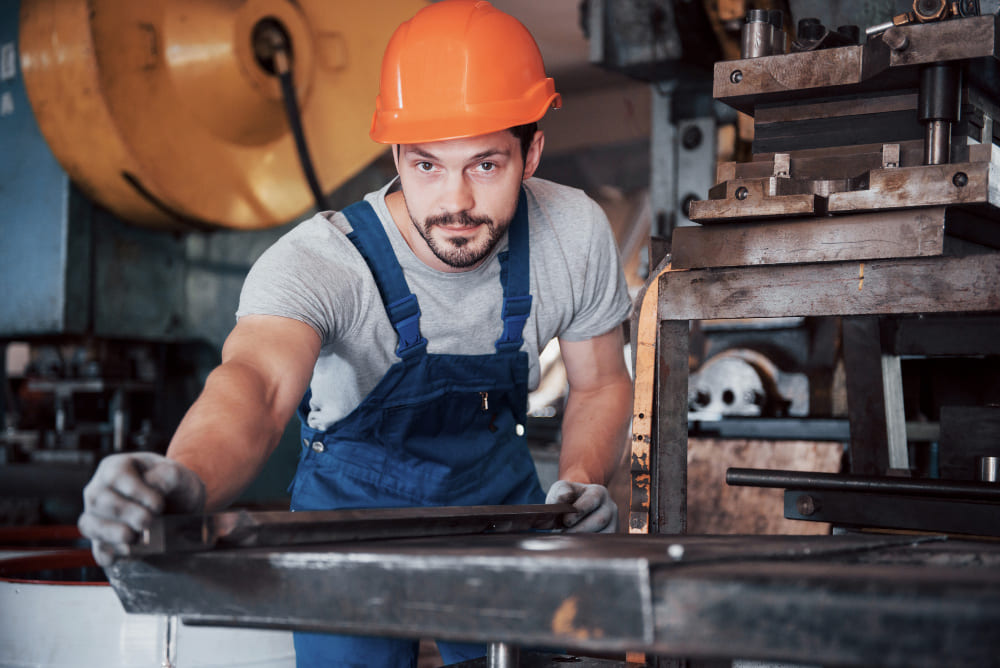In the world of construction, there are countless skilled trades that work together to turn architectural blueprints into strong, reliable, and safe structures. One of the most vital yet often overlooked roles is that of a Steel Fixer. Sometimes called a rebar worker, a steel fixer is responsible for cutting, shaping, and positioning steel reinforcement bars (rebars) and mesh within concrete forms. Without their expertise, concrete structures would not have the strength and durability needed to withstand the test of time.
This blog explores the importance of steel fixers, their responsibilities, the skills required, and why their role continues to be in high demand across the globe.
1. What is a Steel Fixer?
A Steel Fixer is a construction professional who specializes in working with reinforcement steel used in concrete structures. Concrete, while incredibly strong in compression, is weak in tension. To overcome this weakness, steel reinforcements are embedded within concrete, creating what we know as reinforced concrete.
Steel fixers are the experts who prepare, cut, bend, and tie the steel bars into place, following detailed technical drawings and specifications provided by engineers. Their precision ensures that the structure can handle the loads and stresses it will face once completed.
2. Key Responsibilities of a Steel Fixer
The daily tasks of a steel fixer are diverse and require both physical strength and technical skill. Some of their main responsibilities include:
-
Reading and interpreting blueprints: Understanding construction drawings and specifications to ensure steel is fixed in the right place.
-
Measuring and cutting steel bars: Using hand tools and machinery to cut reinforcement steel to required lengths.
-
Bending and shaping steel: Creating bends and shapes according to engineering requirements.
-
Fixing steel in place: Positioning bars and tying them securely with wire or fasteners.
-
Ensuring spacing and alignment: Checking that bars are correctly spaced and positioned for maximum structural strength.
-
Collaborating with other workers: Working closely with concrete pourers, engineers, and site supervisors to ensure smooth progress.
3. Skills and Qualities of a Steel Fixer
Steel fixing is not just about physical labor—it demands a combination of technical knowledge, problem-solving, and teamwork. The most successful steel fixers possess:
-
Strong practical skills in measuring, cutting, and bending steel.
-
Attention to detail, since even small mistakes can compromise structural integrity.
-
Good physical fitness, as the role involves heavy lifting and working in demanding environments.
-
Mathematical ability, especially for interpreting measurements and angles.
-
Teamwork and communication, since they coordinate with multiple professionals on-site.
-
Knowledge of safety procedures, as steel fixing involves working with sharp tools, heavy materials, and sometimes at heights.
4. Safety Considerations in Steel Fixing
Like many construction trades, steel fixing comes with risks if safety precautions are not followed. Common hazards include injuries from heavy lifting, cuts from sharp steel, or accidents while working at heights.
To minimize risks, steel fixers follow strict health and safety guidelines, including:
-
Wearing personal protective equipment (PPE) such as gloves, helmets, goggles, and steel-toe boots.
-
Using lifting aids and teamwork to handle heavy materials safely.
-
Following site-specific safety protocols.
-
Ensuring all tools and equipment are well-maintained.
Safety is not just about protecting workers—it also ensures that the finished structure meets the highest quality standards.
5. Career Opportunities for Steel Fixers
The role of a steel fixer is in high demand, particularly in regions experiencing rapid urban development and infrastructure growth. From skyscrapers and bridges to highways and residential complexes, steel fixers are needed wherever reinforced concrete structures are built.
Career paths include:
-
Working with construction companies on major building projects.
-
Specializing in certain areas, such as bridges or industrial structures.
-
Supervisory roles, where experienced steel fixers lead teams of workers.
-
International opportunities, as skilled tradespeople are highly sought after abroad.
With ongoing investment in infrastructure, the demand for steel fixers is expected to remain strong for years to come.
6. The Future of Steel Fixing
While construction technology is evolving with automation and digital tools, the role of the steel fixer remains essential and irreplaceable. Machines can assist with cutting and bending, but the human skill of precision placement, problem-solving, and on-site adjustments is critical.
As sustainability becomes a major focus in construction, steel fixers are also adapting by working with eco-friendly materials, recycled steel, and innovative reinforcement techniques. Their ability to evolve with the industry ensures they will remain at the heart of modern construction.
Conclusion
A Steel Fixer may not always be in the spotlight, but their contribution to construction is invaluable. They are the hidden force behind strong bridges, towering skyscrapers, and safe residential buildings. Their precision, strength, and dedication transform steel bars into frameworks that support entire communities.
Whether you are considering a career in construction, hiring skilled labor for a project, or simply curious about the industry, understanding the role of a steel fixer highlights just how important they are in shaping the built environment around us.
At its core, steel fixing is about strength, precision, and trust—qualities that ensure every building stands strong for generations to come.

